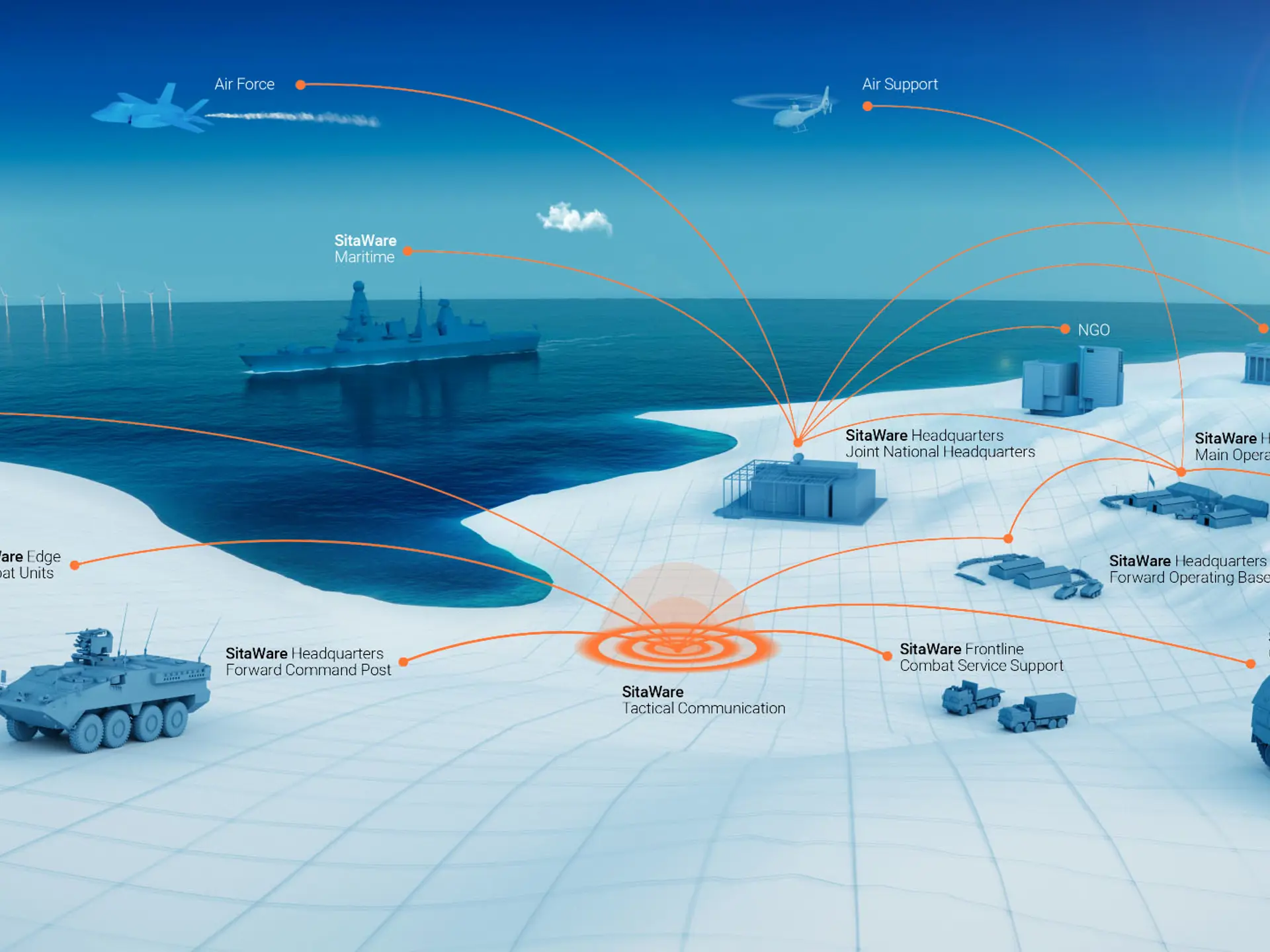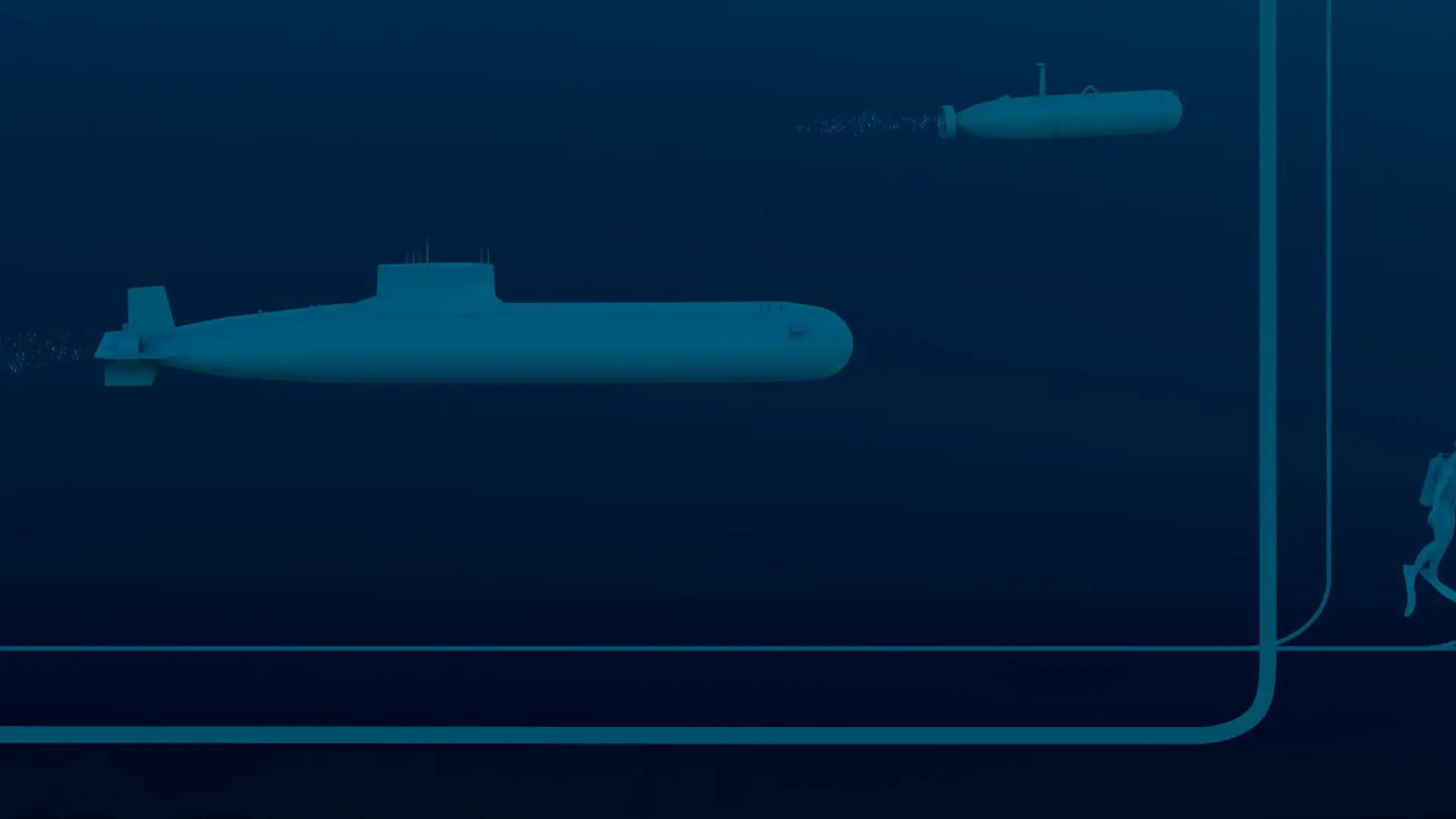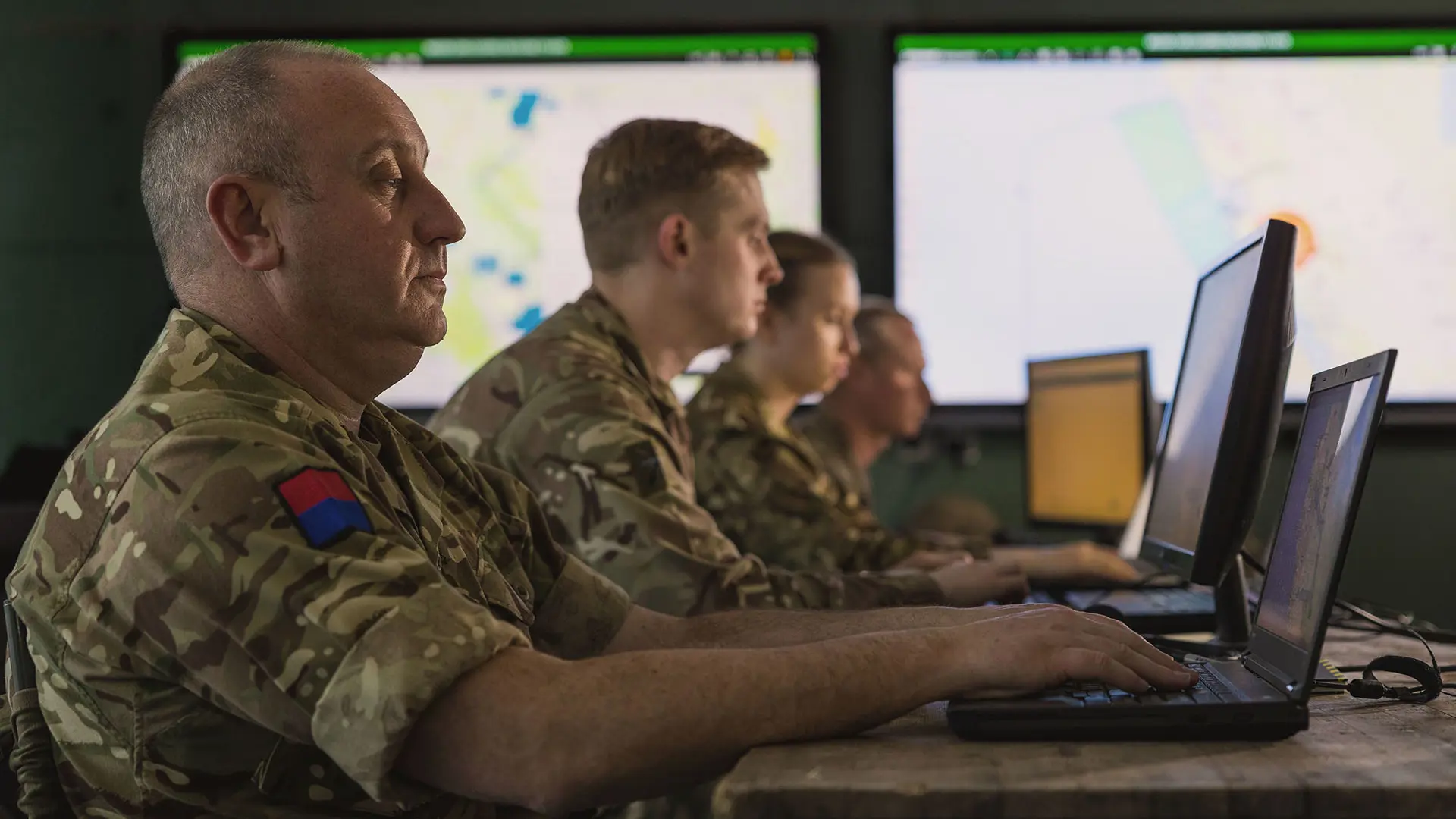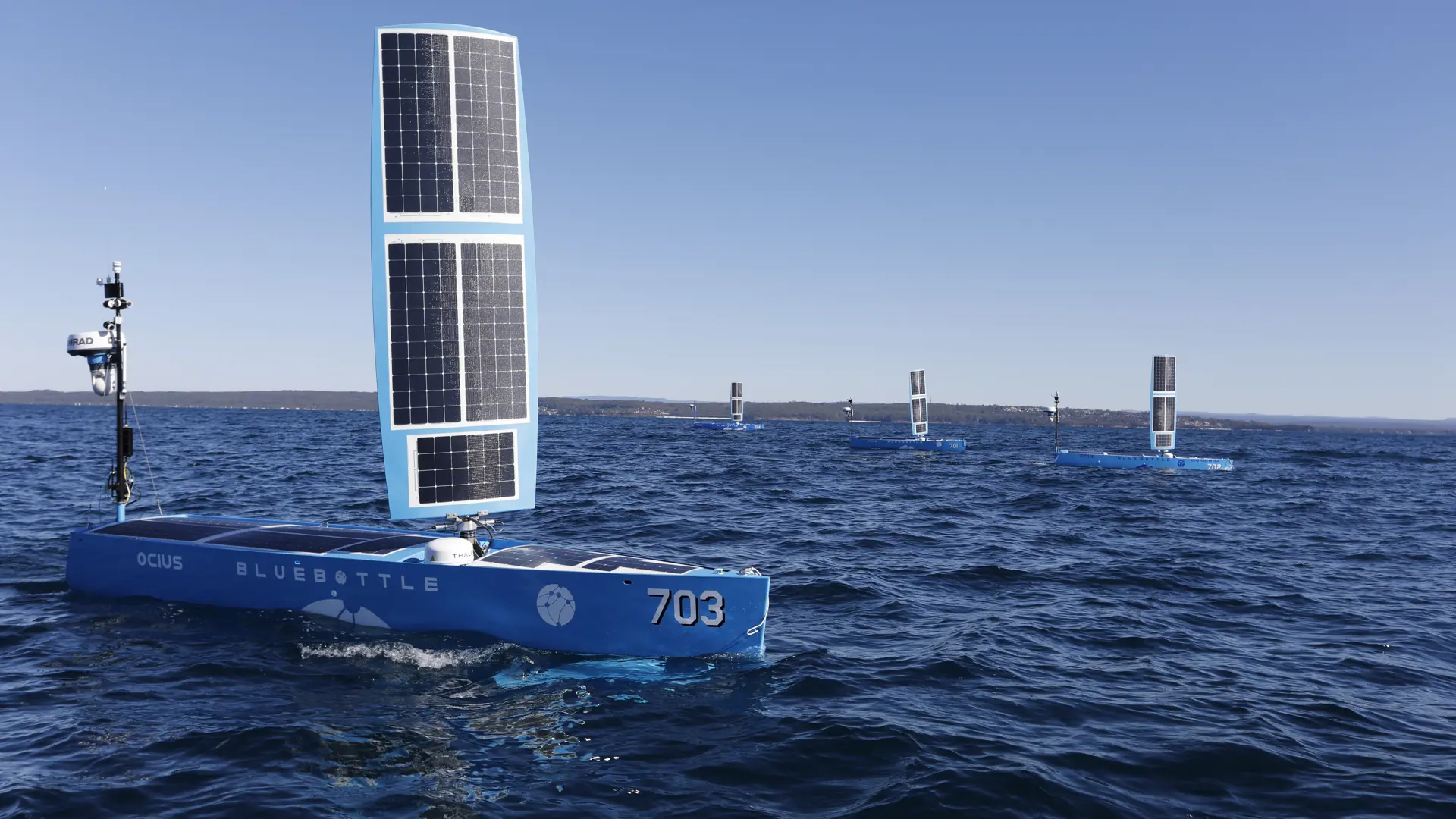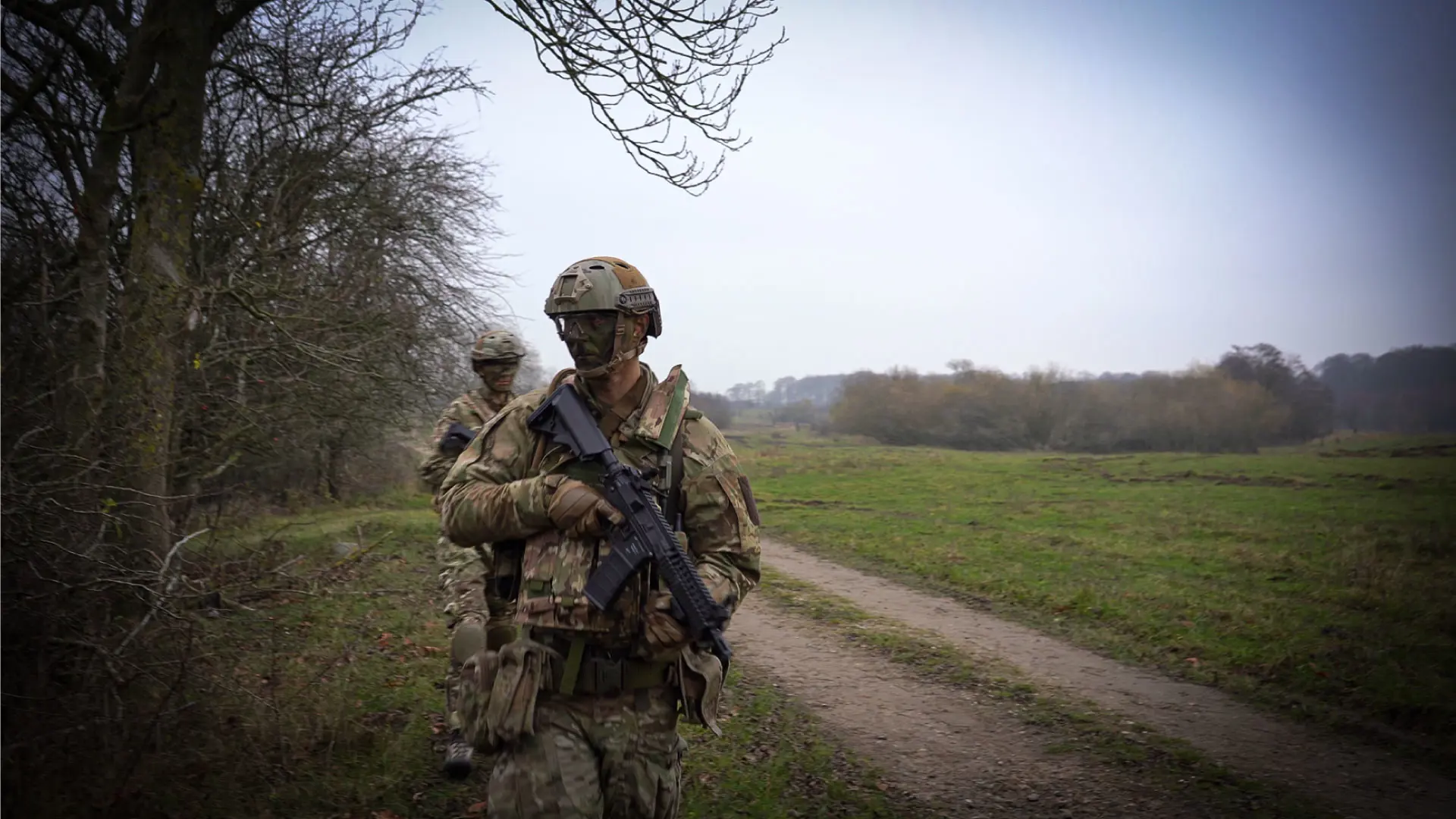Integration - If data is the answer, then what is the question?
Written by VAdm (Rtd) Paul Bennett, Royal Navy.
Vice Admiral Bennett joined the Royal Navy in September 1985 and enjoyed an extensive sea-going career. See his career profile here.
The vision for improved integration of UK Defence on a national, international and military basis has been described in a number of recent strategies, concepts and policy documents. Ahead of DSEI, this short think-piece acknowledges the intent, the opportunity that data offers to achieve it, but argues that nothing will change unless we become more specific and enable bottom-up, incremental development.
This year’s UK Defence Command Paper states that integration is required: ‘across all Services’; ‘across domains’; ‘across Government’; ‘across the spectrum of conflict from high-intensity warfare to sub-threshold hybrid competition’; ‘with industry, forming a new alliance that is more proactive, responsive and resilient’; ‘across regional theatres’, and ‘with allies and partners, particularly through NATO’.
This, of course, is not new; JDN 1/20 (Multi Domain Integration) and the Defence Digital Strategy (Apr 21) identified integration as a key tenet of how the UK Armed Forces must respond to the contemporary operating environment.
There is, therefore, no doubt about the direction of travel, but the road to reaching the vision needs much greater clarity if this is to become the national endeavour that is required and if the MOD wants to generate the ‘proactive, responsive and resilient’ alliance with industry.
The Integrated Force is the theme for this year’s DSEI – this should provide an opportunity to explore how all stakeholders mobilise behind this national and international endeavour.
Integration
The requirement for greater integration needs little further explanation – the demands of a multi-domain, cross-Government, Alliance-based fight present a significant challenge that, by definition, will be a national endeavour. No-one will argue for less integration and there are many operational examples of where it has gone well; between government departments, between the three services or as a NATO operation.
However, integration is not an absolute. We are already well integrated in most areas and as we seek greater/better integration, it is crucial that we do so based on identified shortfalls, a definition of the level of integration required and then a prioritised development effort in response. Where possible, required changes should be linked to improvements in operational effectiveness on the battlefield giving an outcome-focussed definition to the effort.
Without this rigour, there is a danger that the demand for more integration becomes simply a hollow, senior officer mantra and results in either organisational stasis through the absence of specific direction, or, alternatively, in frenetic, poorly-focussed activity that achieves a raft of disconnected, tactical improvements in integration but collectively fails to move the dial towards the vision.
In partnership
Interoperability (a function of integration) in NATO provides a helpful vignette to illustrate the point. Interoperability is NATO’s lifeblood - without it, the Alliance would be just a collection of armed forces and never an organisation that is ‘more than the sum of its parts’. Through decades of hard work, countless committees and hundreds of STANAGs, the Alliance has a firm foundation of interoperability.
The effort to maintain and where possible improve interoperability, however, remains intense, but ask someone whether we are interoperable enough, or where the main interoperability shortfalls exist, and the answer tends to revolve around the extensive input activity at the tactical (normally CIS) level, rather than an output-based strategic/operational level answer on whether NATO is sufficiently interoperable to fight as SACEUR intends.
This final point is crucial – the level of interoperability required must be scaled to meet operational need. If, for example, the operational plan is for units of different nations to operate in separate geographic areas, then interoperability is only required to enable coordination and deconfliction. If, however, forces from different countries will operate as a single integrated force, then the interoperability requirement is far more challenging. An interoperability requirement set by the Commander, therefore, would allow shortfalls to be identified and prioritised, for development efforts to be focussed and for residual operational risk to be assessed.
Integrating across all levels
The same is required for integration at the tactical, operational and strategic levels. Underneath the ambitious vision in DCP for improved integration, an analysis of the requirements, based on how we intend to operate in the future, would result in a long list of capability shortfalls, which can then be shared with our international, cross-Government, industry and service partners. In turn this would lead to a coherent, prioritised effort to resolve them at the appropriate level. This requirement for greater definition becomes even more important when considering how data can be applied to support improved integration.
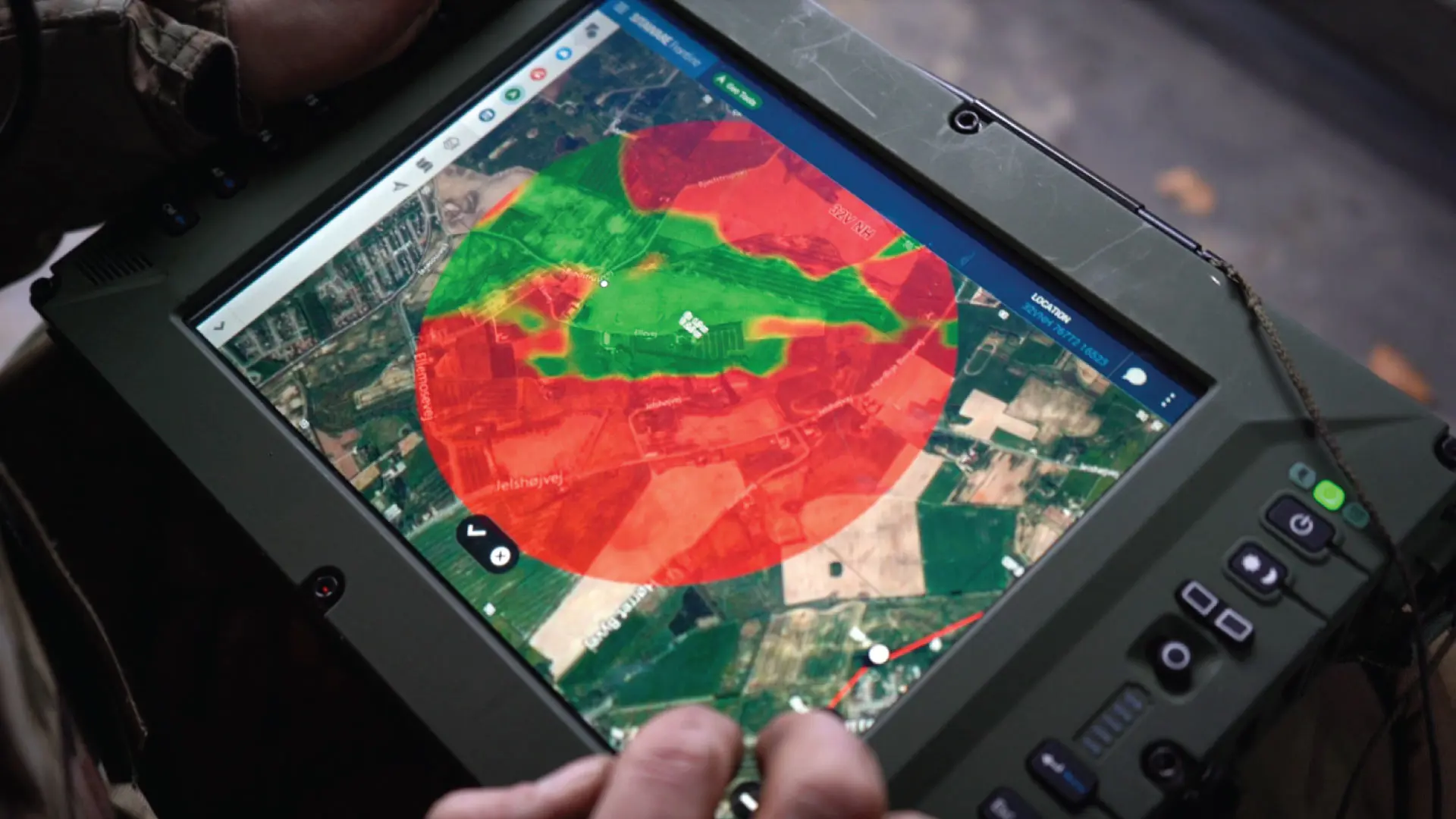
Data
One of the exciting prospects of seeking improved Integration today is that (at least part of) the solution is known – the improved exploitation and sharing of data. The Defence Digital Strategy highlights the importance of ‘the networks, gateways, hosting services, user interfaces (including identity management and access mechanisms) and middleware that come together to deliver data and information wherever and however we need to exploit it’.
The exploitation, analysis and presentation of data available to today’s decision maker is already part of all areas of UK Defence, even if, in some, it is relatively nascent. In seeking improvements in integration, there will be inevitable change requirements in culture, organisation and process, but in the current technological environment, in addition, the development, exploitation and, vitally, the sharing of data between stakeholders will provide the basis for collaboration.
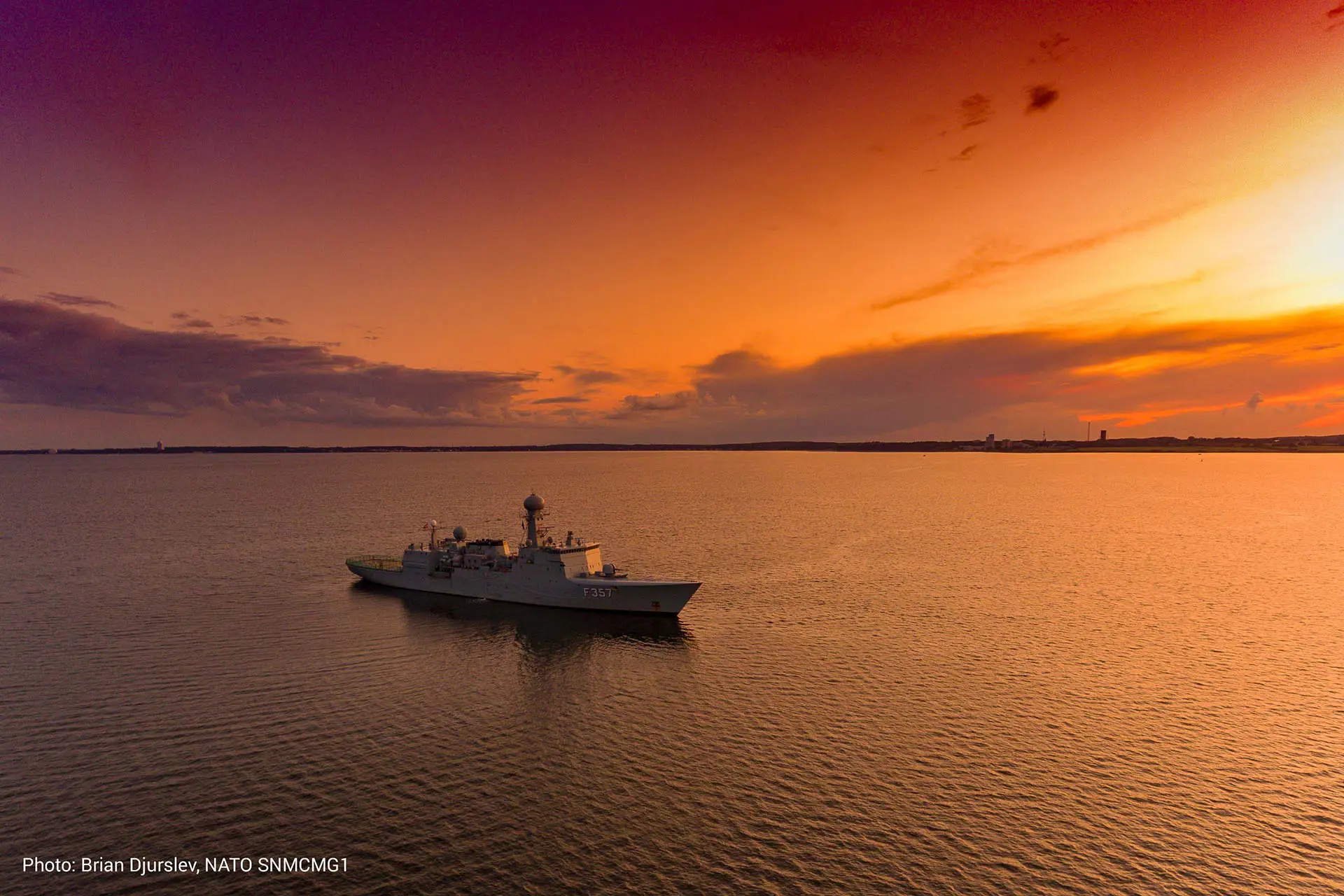
Each area identified in DCP will require a different data set, some at the tactical level, but others, such as for MOD/Industry, at the operational and for cross-Government integration, at the strategic level. Without utilising data, integration will remain manual and legacy, and will not be as readily shareable as an amalgam of data presented electronically to all parties.
In the short term, of course, we will need to synchronise analogue with digital sources, which, whilst clunky, will nevertheless create momentum towards a wholly digital solution. None of this will be easy – for example; I assume most would struggle to define what a cross-Government picture, or a MOD/Industry picture should look like. Even within the military, the effort to improve situation awareness tends to focus on generating and sharing the best tactical picture rather than focusing on the differing information requirements of the MOD, PJHQ and the front-line, albeit based on the same information. And, of course, it is likely that, in many cases, appropriate data sets will not exist.
Tech is available today
Nevertheless, there are many opportunities – the Digital Backbone vision in the Defence Digital Strategy will eventually transform UK Defence across the Enterprise. But solutions are available now and I would strongly recommend that momentum in UK Defence’s change programme is given a shot of adrenalin through bottom-up, incremental, rapid acquisition of currently available technology.
In doing this, each area identified as an integration target for improvement, can incrementally explore what data they need and, to the extent that it exists today, can share it with stakeholders to start the journey towards the DCP vision.
Conclusion
Visions and strategies are, of course, important. But when they demand improvements in intangible concepts, greater detail is required if stakeholders are to respond in support. The demand for improved integration is vital if UK Armed Forces are to respond to the state-level fight about which they are presented.
Time is of the essence – our ability to adapt faster than our adversaries is essential if we are to retain advantage. And whilst the vision is on a grand scale, we have the ability to start now, introduce those in the organisations to a data-based foundation for relationships and then incrementally develop. To do this will require, as a matter of priority, a definition of where we require improvements in integration (and why) and then to seek mechanisms, including the identification of data sources, to deliver it.
SitaWare
One such technology is Systematic’s SitaWare C2 software suite already in use in 50 nations. It is a proven C4ISR solution, working to present a layered, user-defined picture, improving collaboration and co-ordination between stakeholders. It is configured so that countries retain sovereign control over the system and data enabling security and freedom of operation. Available on licence for immediate deployment, given the right data sources, it will provide the situation awareness necessary to support rapid improvement in integration.
